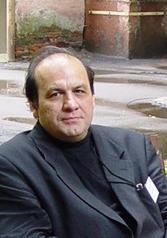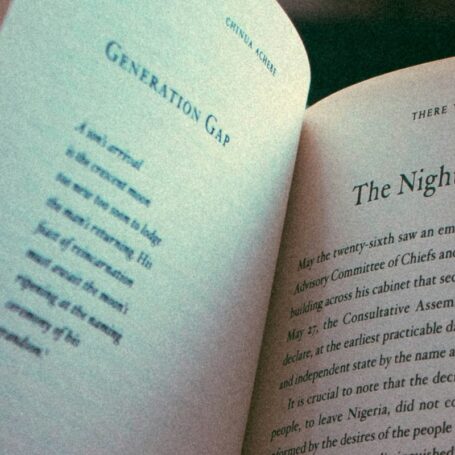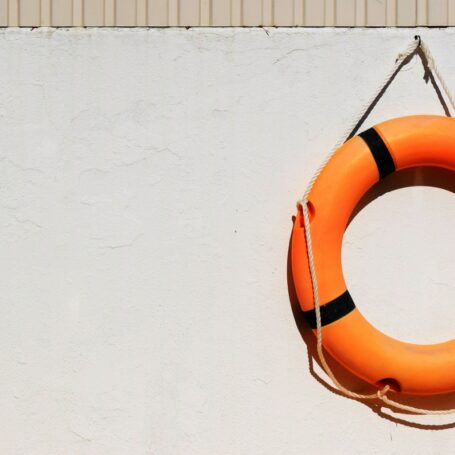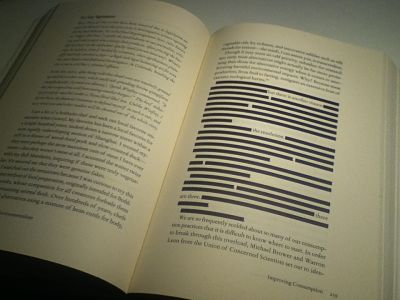A Conversation with Nasser Fakouhi on the Social Sciences in Iran
Nasser Fakouhi is professor of anthropology at the University of Tehran. In light of the most recent protests in Iran following the death of Mahsa Amini, we are reflecting on a 2016 interview between Fakouhi and Social Science Space in which he discussed the origins and development of social science in Iran and how political repression has impacted academic freedom.
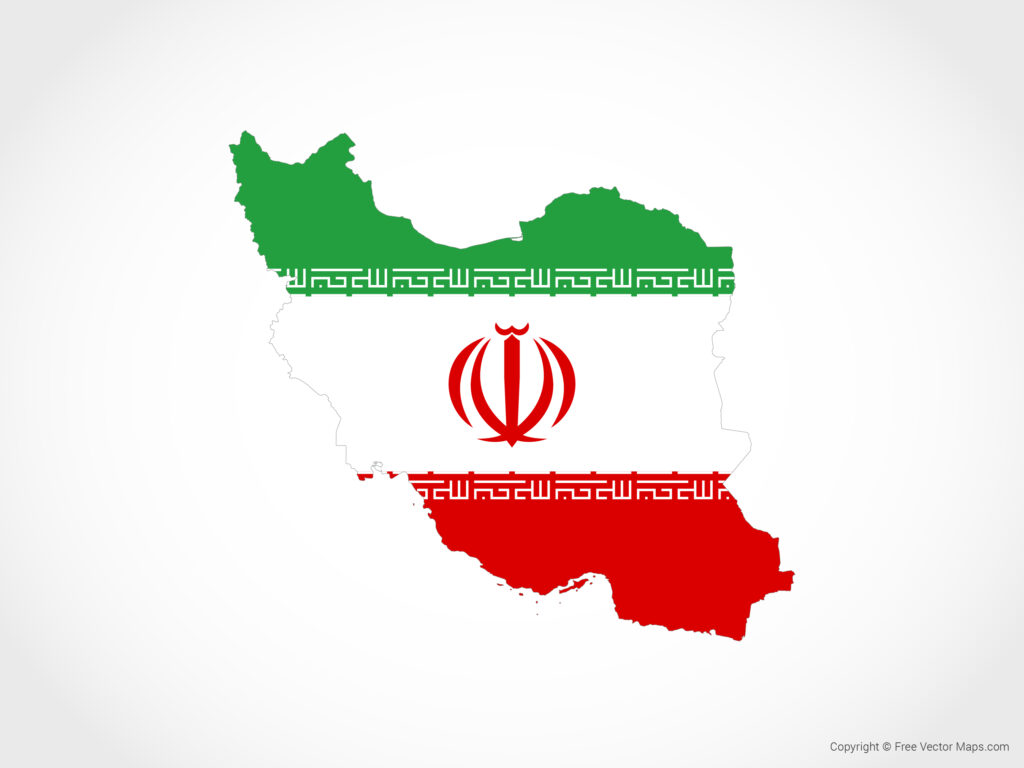
Social Science Space: What is the history of social science in Iran?
Nasser Fakouhi: For many reasons, history of social sciences in Iran cannot be separated from humanities and even philosophical thought, as well as the literary, poetic, religious and mythological studies. That is why there is not surprising to read or hear texts and speeches (even academic ones), which present mixtures of all these disparate aspects.
Nevertheless, for a defining a normative history of these social sciences, one should possibly start in the early 20th century. At this point, Ethnology and Folklore Studies begun their first institutional steps in the Ministry of Culture. Parallel, Sociology had a very shrinking entrance in the form of some courses which are included in the program of Literary and Historical Faculty at the University of Tehran by the late 1950s.
In 1958, the Institute for Social Studies and Research (ISSR) was created. Its first dean was the late Professor Gh. Sadighi (1905-1999), who was in charge of sociological courses in the faculty of literature. The ISSR began as a subdivision of this faculty but became independent afterward. In 1966, another institution, the Institute of Cooperation Studies, was created. By merging these two bodies, the faculty of social science at the University of Tehran was founded in 1973.
The ethnological studies, primarily concentrated on nomadic and tribal research as well as some kinds of rural sociology, were handled and led mainly by French academics, such as Paul Vieille, Xavier de Planhol, Jean-Pierre Digard, Christian Bromberger, Marcel Bazin, and Bernard Hourcade, in the Ministry of Culture and in those institutions and faculty. These field works were largely conducted between 1960 and the revolution of 1979. Besides the French, several British, Scandinavian and American academics…contributed to those studies during the same period, and they were mainly interested in the study of pastoral nomadism and [the] highly varied ethnic population of Iran.
At the same time, urban sociological studies, especially in the quantitative forms, were conducted… in small scales in some Iran’s cities, and particularly in Tehran. The problems, like rural-urban immigration and urban poverty, are notably interesting to researchers. With the 1979 revolution, for almost a whole decade, social studies stopped and even for some years, universities were closed. The violence of revolutionary social explosion and the war with Iraq left no room for such studies. Moreover, the foreign scholars were accused to have been in service of the last regime and had to leave the country.
From the 1990s, it was only with reserved and worried steps that Iranian social scientists begin their work again, first in the University of Tehran and then all over the country — although over the decades they have had to bear the charge of being, of one sort or another, under the influence of the western theories and currents. Nevertheless, they can finally impose themselves as necessary for any serious construction of social programs in a large, largely urbanized country as Iran, welcome by a public opinion that needs more and more analysis of social difficulties.
The general position of sociological sciences remains fragile still in the late 2010s. Personally, I think it is absurd to say that the place of these disciplines in Iranian society is stabilized in any way today, and the labor market for social science students is poor.
S3: How have the upheavals in Iran since the end of the Qajar Dynasty affected social science in academe and in practice?
NF: As I mentioned, we started with study the non-urban problems and we finish working almost exclusively on Iranian urban problems. The revolution of 1979 has made a completely renewed academy with many flaws but also many possibilities. Many smart professors and students emigrated between 1980 and 2010 and were integrated into the European and American academies, especially in the framework of the Middle East and North Africa.
For two decades, social sciences in Iran are facing many sharp problems: One, to define the borders, shapes and contains of local approaches and their interactions with the Western social traditions, as well as with other disciplines; two, to define the relations between scientific academics in one side and intellectuals, who for various reasons could not walk into the academy, on the other -the latter group are very active in public spaces; three, to define and manage relations between Iranians social sciences actors in and out of country; and four, to create a sort of balance within theory and quantitative and qualitative methods in field research conducted mainly in a country with a nearly 80 percent urban population.
S3: Is it safe to say that ‘modern’ social science really gained traction with the founding of the Institute for Social Science and research in the late 1950s?
NF: I believe that this tradition has been of great importance. Personalities such as Sadighi, N. Afshar Naderi, and Ehsan Naraghi left a large and basic tradition of social science working to be developed by the next generations. We’ve now had more than 40 years of preparation for these sciences, and I would say that the real beginning of these sciences should be put probably in the first years of 2000s.
I am optimistic and believe that the greatest success of this Institute was to pave the way for collaboration between Iranian researchers and their European and American colleagues, but also with Asian and other regions to shape a modern system of social studies. Nevertheless, the relations between academy, intellectual sphere and the state remain complicated and the misunderstandings and lack of confidence are still there. Thus, the Institute also had the merit of giving room… for some critical approach to autocratic systems, a tradition which is still alive to this day.
S3: Did the sanctions affect Iranian social science? If so, how will things change as the sanctions fade out, or are there general issues with access to scholars or scholarship, whether in the West, the Arab world, or elsewhere?
NF: The most acute problem of sanctions in Iran was declining research budgets on one side and the emergence of a parallel economy, financial and neoliberal approaches, on the other. I believe that with an effective removal of sanctions, we may try to go back to a more legal state, more socially engaged and probably more budgeted for social sciences. In any case, the development of urban issues and the increasing population of cities are continuing with incredible speed.
S3: In which disciplines do Iranian academics or institutions excel or prioritize? Is there such a thing as a recognizable ‘Iranian social science’?
NF: Urban and cultural, as well as gender, ethnic and youth studies, are most advanced parts of these sciences in Iran. A local theory or local character of social sciences doesn’t exist yet but we feel its necessity. Recently I wrote an article in Anthropological Theory and I defended a “Glocal Theory,” which is better than a “Southern” one for us.
In an article published in an older book about Iranian anthropology, I’d already evoked our need for an endogenous theory, but at the same time I think we should absolutely avoid the different sorts of “tiers-mondism” and the phobias long time dominated in the Iranian social sciences against Western theorists and academics.
S3: Does social science in focus, teaching, etc. vary between Tehran and outlying areas, whether big cities like Isfahan and Qom or in less populous places?
NF: The teaching in the courses is done according to a predetermined program established by the Ministry, except for the University of Tehran, as “the mother university.” Our university has the right to plan the programs. Nevertheless, the University’s professors have limited freedom to give courses as they want, but not to distance themselves significantly from the official program.
The difference between the universities of the state and private universities, on one side, and between Tehran and the provinces on the other, is clearly felt by the level of teaching and academic freedom. In a general rule with exceptions, the State University and Tehran have teachers, equipment and liberty incomparably better than the private university in provinces.
Some large universities of the state are exceptions: such as Tabriz, Isfahan, Shiraz, Mashhad and Qom which have comparable levels of freedom with Tehran, but it is still lower. The reason is quite simple: the best professors almost always prefer to live in Tehran and to benefit from its advantages.
S3: Is it safe to make generalizations about the balance between research and theory? How about between qualitative and quantitative methods?
NF: Field work is very difficult and therefore we see profiling studies rather based on the application of some abstract theories, hypotheses and formulas, realized by quantitative methods. This means that prolonged field works and deep studies remain risky and difficult, especially for financial reasons, but it exists, and we have very good deep field studies conducted in very difficult situations. Unfortunately, these studies are not known outside of Iran because they are in Persian.
S3: How much prestige do social scientists have in the Iranian educational establishment? How equitably (in your opinion) are resources allocated between social science and STEM disciplines?
NF: Until a few years ago, say the mid-1990s, social studies were not taken so seriously and Iranian families and academic institutions preferred “real” science. Humanities were at the lowest level on the scale of social credibility. Obviously, these studies had were considered as trivial and had a tiny part of scientific research budgets, but since the last decade, especially thanks to the establishment of the obligation of ‘social impact assessment’ for all developmental plans, and also the increasing interventions of sociologists and anthropologists in current social problems has changed their image. We also have larger budgets. But, the social considerations and financial shares are still incomparable with “real science,” and we would say that the comparison with the medical and engineering sciences is ridiculous.
S3: In the US and UK and many other countries we often see social and behavioral sciences attempting to prove their value or impact. Is that an issue in Iran?
NF: Of course, it’s the same in Iran, especially since we have many social problems that are almost always mixed with political spheres. The result is that we have to be very conservative and to avoid sharp criticisms which are considered as provocative to the political sphere.
S3: How well does the government of the Iranian Republic of Iran use social science in creating policy? How about society at large?
NF: The reports are much better since the last decade. Nevertheless, there is still a kind of paranoia, especially among state responsibilities. As the population increases, interventions of science actors in the social and political problems have had a very positive effect for them in public opinion and thereby given more courage to sociologists and anthropologists to speak clearly and criticize social problems.
S3: What would a social science student in a US or UK classroom first notice if they showed up in a Tehran classroom the next day?
NF: Much depends on universities, disciplines and cities. In any case, one needs to put aside the exotic stereotypes. By the first approach, there are not too many obvious differences. In Iranian courses, there are more people and especially more girls. In Iran, the physical presence is more controlled and has impact on the results of students. The most important difference is that there are many sexual segregations, by space separations and controlled inter-gender relations.
